I took a break from construction, the building of roof trusses, to go for a sail. It was a change in task, environment, and the mind.
The forces of nature were aligned for the reach out to the Northeast Point of Bull Island. But beyond the favorable elements of wind and tide impacting the passage to and from the island, the atmosphere was glorious, the sky a brilliant blue. Sailing through the marsh and across Bulls Bay on a broad reach, the experience was a soothing meditation.
The Northeast Point offered its usual excellent vantage point for viewing a wide panorama in the walk around the strand: the Bay, Bull Breakers, and the Atlantic.
I shared the Point with no other boaters. An array of objects appeared on my path south.
Two of the objects were manmade and of prehistoric provenance.
One object was alive and holding its territory – a large ghost crab.
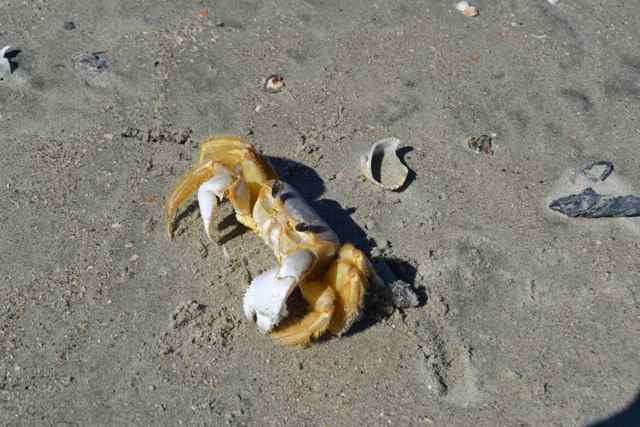 Another crab appeared to have expired in a work of monumental sculpture, but the pile of shells was probably that of an imaginative island visitor.
Another crab appeared to have expired in a work of monumental sculpture, but the pile of shells was probably that of an imaginative island visitor.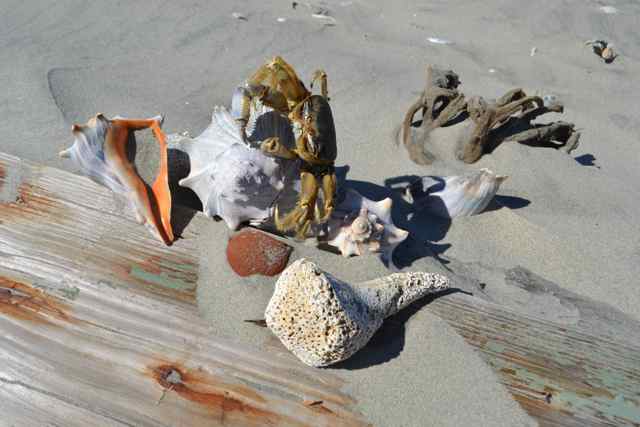 This was my first view of this section of the island since Hurricane Matthew. Looking across at the Jacks Creek dike, there appeared to be an eroded shoulder in the area of flattened beach and a large tidal pool.
This was my first view of this section of the island since Hurricane Matthew. Looking across at the Jacks Creek dike, there appeared to be an eroded shoulder in the area of flattened beach and a large tidal pool.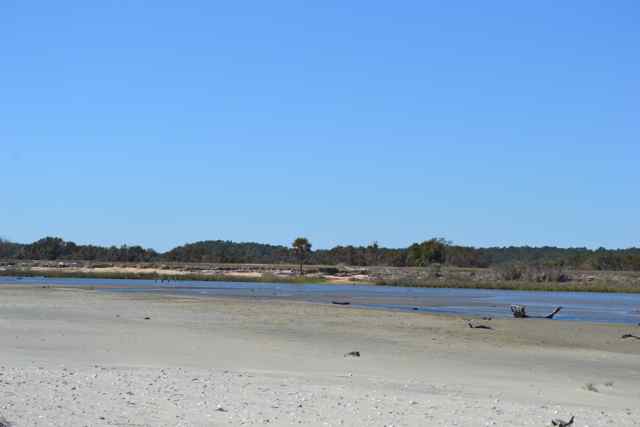 More areas of remnant marsh sediments were exposed on the beach.
More areas of remnant marsh sediments were exposed on the beach.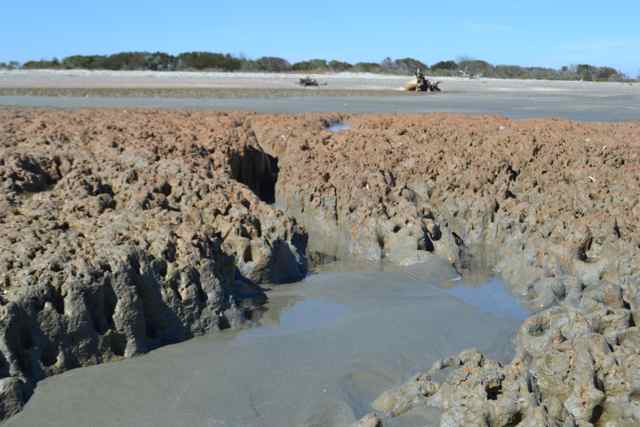 The tidal pool drained via a narrow creek cutting across the beach: I removed my shoes for the crossing.
The tidal pool drained via a narrow creek cutting across the beach: I removed my shoes for the crossing. 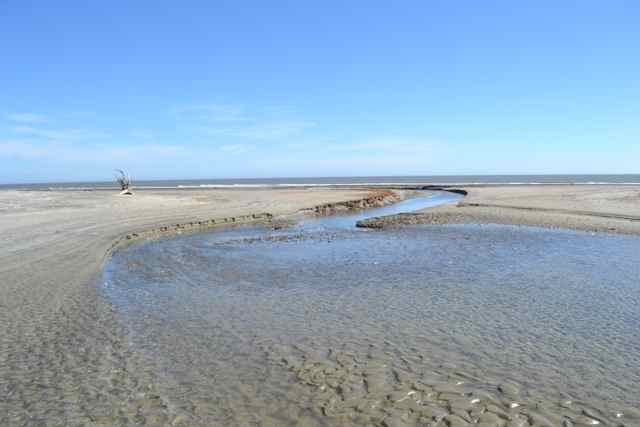 The cool waters were refreshing for my feet, and I walked barefoot on the beach for the rest of the distance to the Boneyard.
The cool waters were refreshing for my feet, and I walked barefoot on the beach for the rest of the distance to the Boneyard.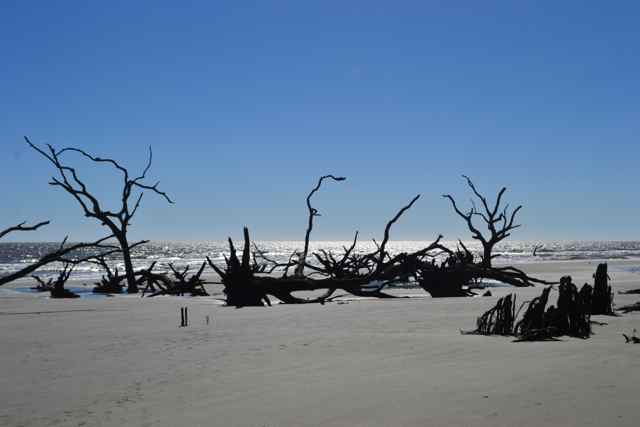 I found a sublime spot in the sun and out of the southwest breeze for lunch.
I found a sublime spot in the sun and out of the southwest breeze for lunch.
I accessed the island’s road system to loop back to the Jacks Creek dike. While the waters of Moccasin Pond had emptied at the strand, the Jacks Creek impoundment continued to have abundant waters, a condition impeding the construction efforts in completing the cross-dike. This project had been much delayed for the past several years, and the floods of the past two Octobers contributed to the ongoing issue of too much water. 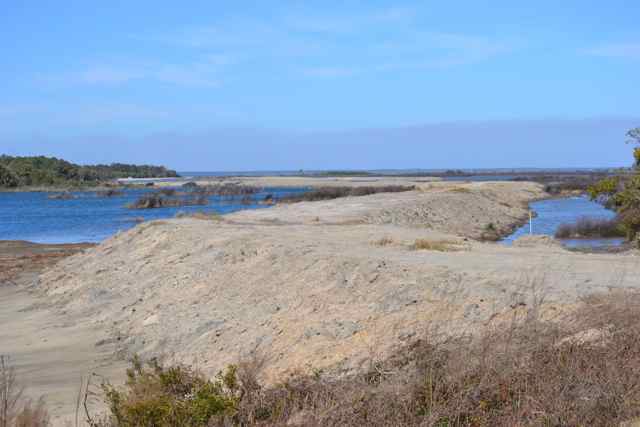 The full sun offered excellent basking. and a number of alligators took advantage.
The full sun offered excellent basking. and a number of alligators took advantage.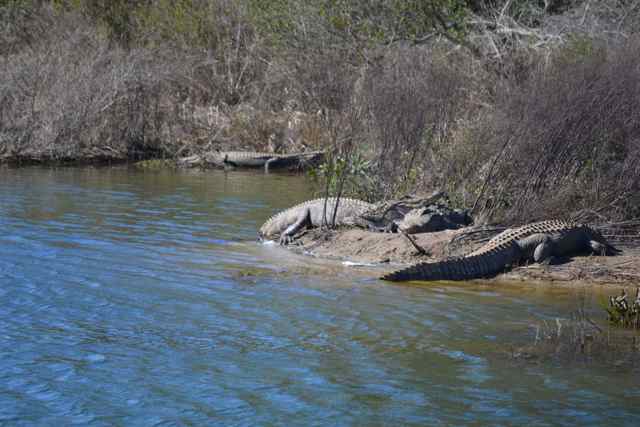 Two weeks prior I walked along the far side of Jacks Creek with two neighbors in order to view the damage and repair of the dike and water control structure by the tabby foundation remains known as “the Old Fort”. The dike had been breached in the storm, and the waters had eroded to within twenty feet of the structure’s remains.
Two weeks prior I walked along the far side of Jacks Creek with two neighbors in order to view the damage and repair of the dike and water control structure by the tabby foundation remains known as “the Old Fort”. The dike had been breached in the storm, and the waters had eroded to within twenty feet of the structure’s remains.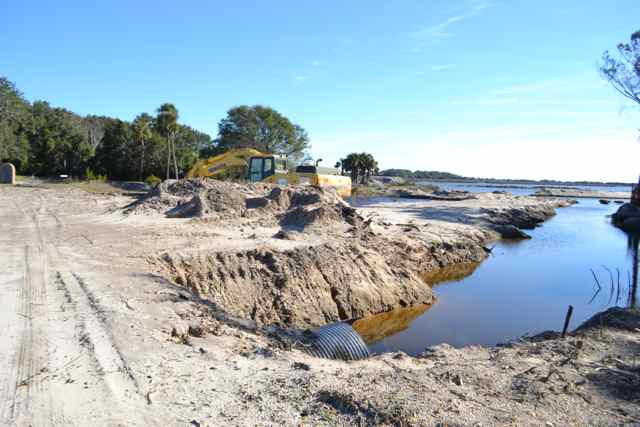 We also walked out that day to the observation tower at the end of Sheepshead Ridge Road, and observed that a spur ran from the cross-dike to this dead end road. New loop walks awaited the future completion of the dike project.
We also walked out that day to the observation tower at the end of Sheepshead Ridge Road, and observed that a spur ran from the cross-dike to this dead end road. New loop walks awaited the future completion of the dike project. 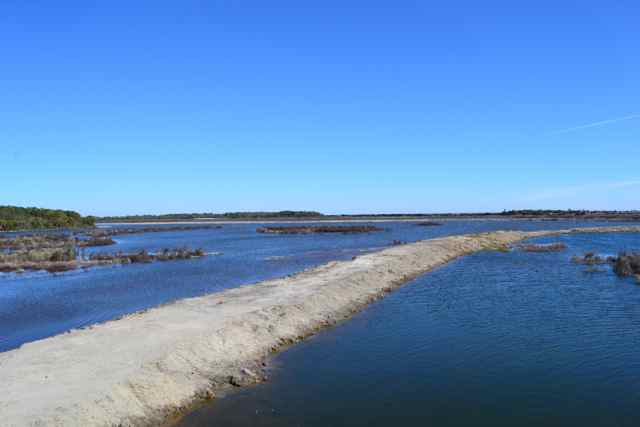
I continued the walk down the Jacks Creek dike, passing through enclosed sections walled with yaupon holly, wax myrtle, Hercules club, and sea myrtle. 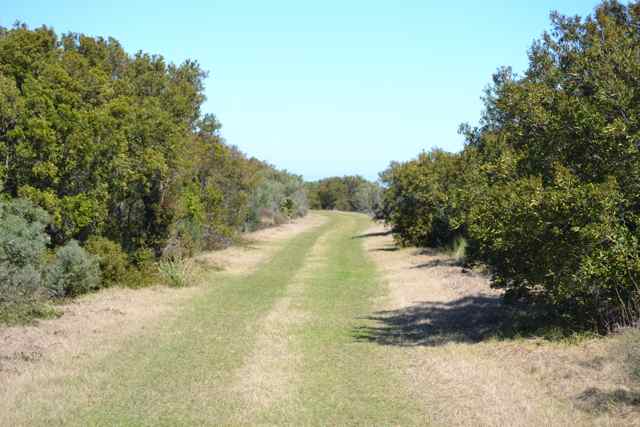 Even on more open sections of the dike exposed to the southwest wind, mosquitoes were a pestering presence. The dike’s shoulder earlier viewed from the beach on closer inspection was more seriously eroded, and this section would probably be the location of the eventual breech of the impoundment. Evidence for sea level rise abounds; this location was one further example.
Even on more open sections of the dike exposed to the southwest wind, mosquitoes were a pestering presence. The dike’s shoulder earlier viewed from the beach on closer inspection was more seriously eroded, and this section would probably be the location of the eventual breech of the impoundment. Evidence for sea level rise abounds; this location was one further example. 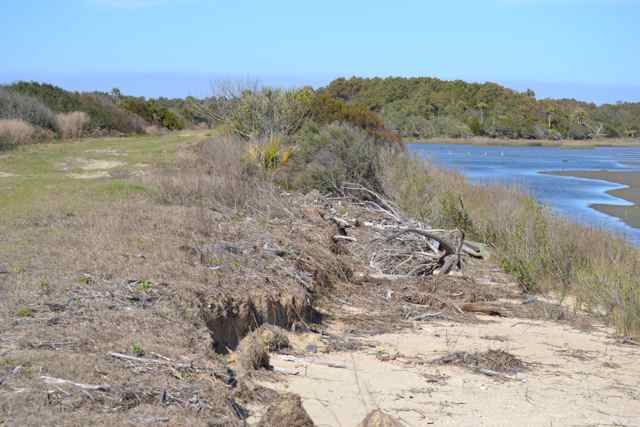
Upon my return to the Northeast Point, there was an extensive intertidal exposure. The wind had freshened since my earlier arrival, and I prepared Kingfisher’s return sail with an adjusted rig to accommodate the new point of sail, a close reach. The tide had recently turned, and I hoped for enough water to haul out Kingfisher upon reaching the landing. At the Point, the tide was still far out, and the sun’s angle on the waters clearly exposed underwater shoals and deeper waters. One shoal to avoid was located at the confluence of Bull Creek and the channel running west across the Bay. I was surprised to see part of this shoal exposed above the waters. Despite efforts to sail around this shoal, Kingfisher‘s daggerboard still found the bottom with a hard strike. Staying on the southwest side of the channel, we found the bottom once again. The sailing was wet and intense – quite different than on the outward passage. A few gusts were overpowering, and were a challenge to relish. Different muscles from those utilized in demolition and carpentry were employed: abs for hiking, and biceps and traps for constant sheeting on the close reach. The landing was reminiscent of my recent trip when mud stretched to the end of the floating dock. And like that day, when I utilized a 15-foot Boston Whaler, Kingfisher also had to wait for the waters to rise before hauling out.
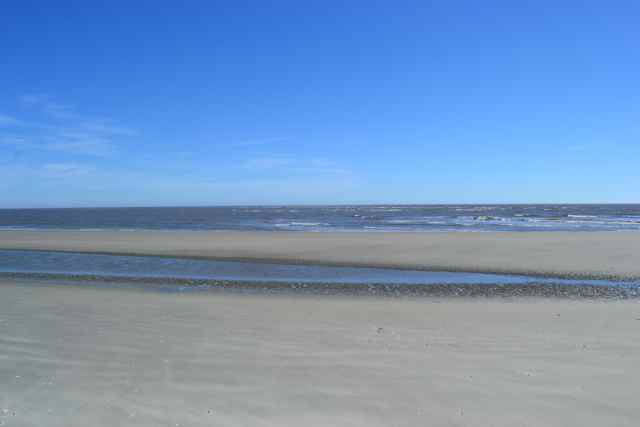
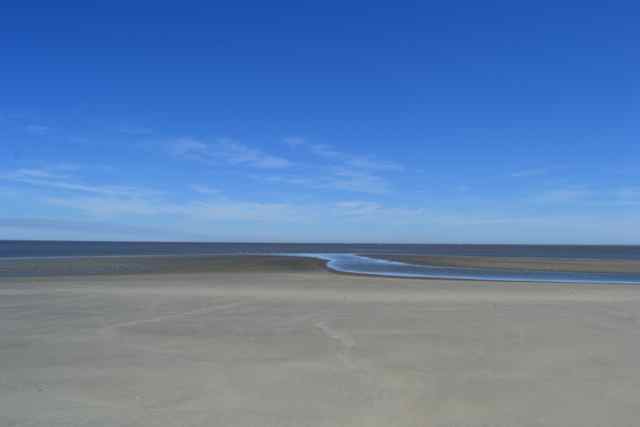
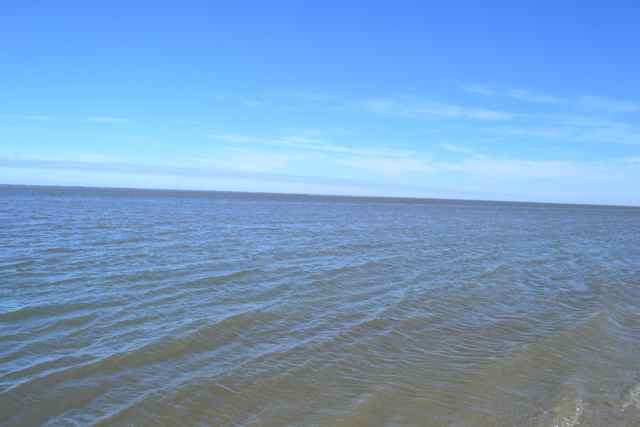
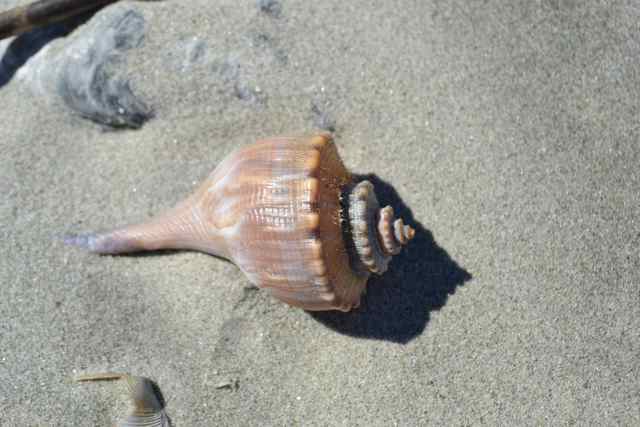
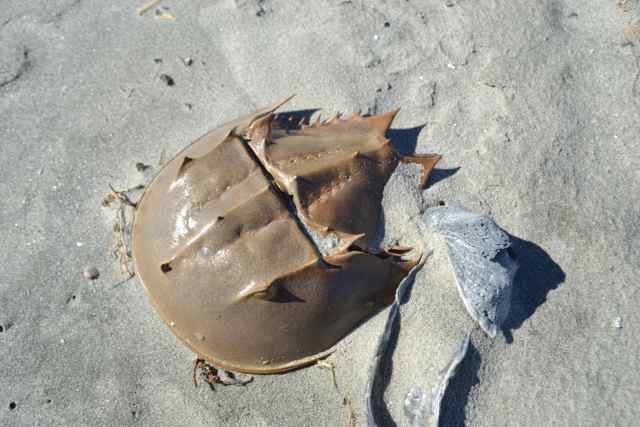
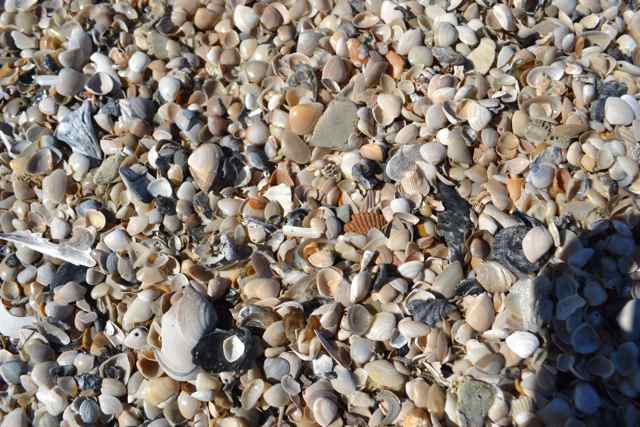
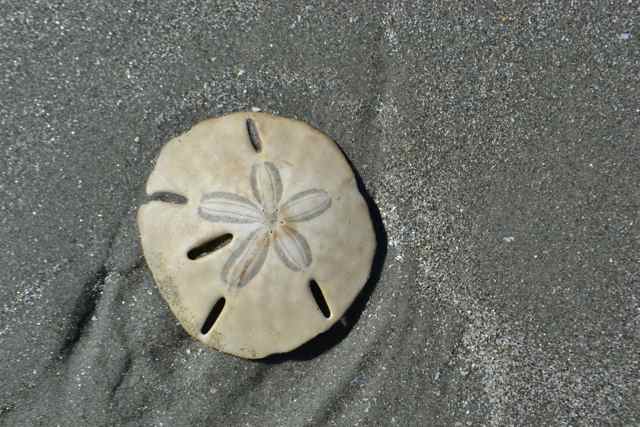
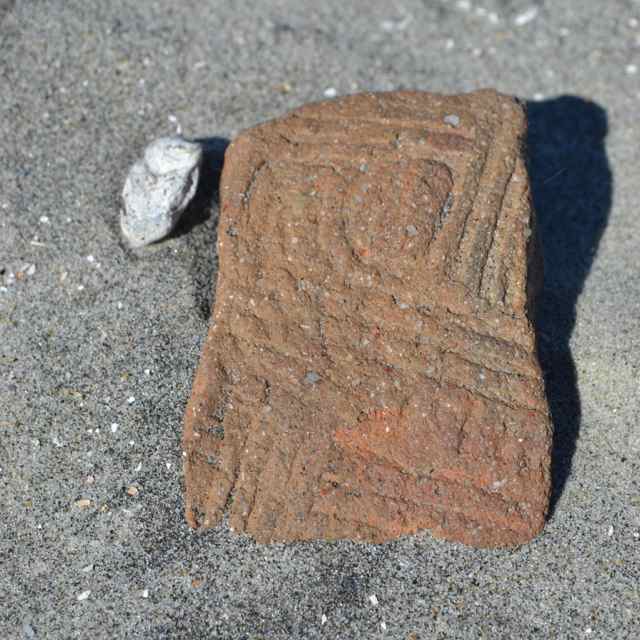
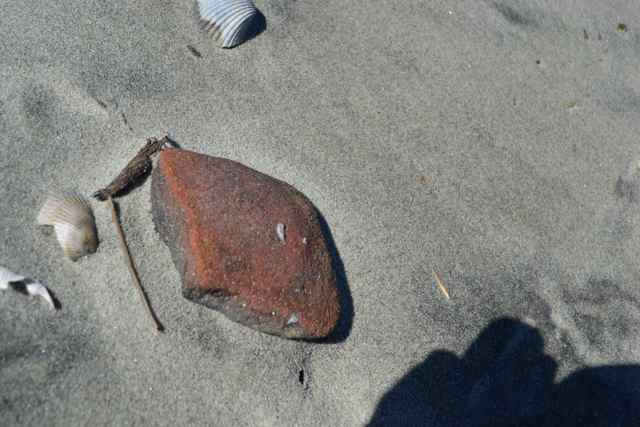
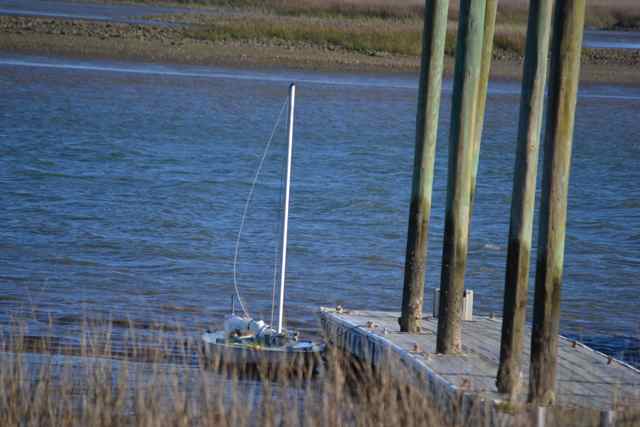
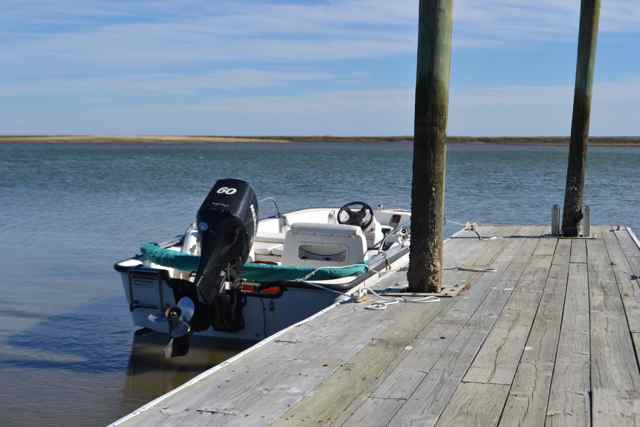
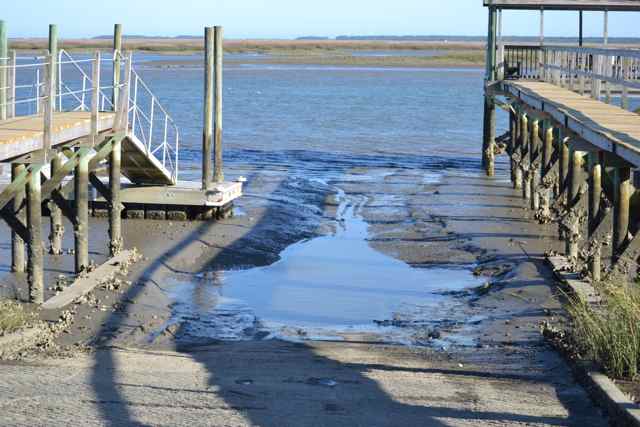
🙂 Nice walk but sad to see damage…..
Those waters are relentless.
Hoping to make a trip in April. Is the “old fort” area the only part that’s under construction? Great blog, as always! Hope you’re doing well.
Once the waters recede in Jacks Creek the contractor should return with full equipment to hopefully finish the job. There are other places beside the Old Fort area that appear unfinished.